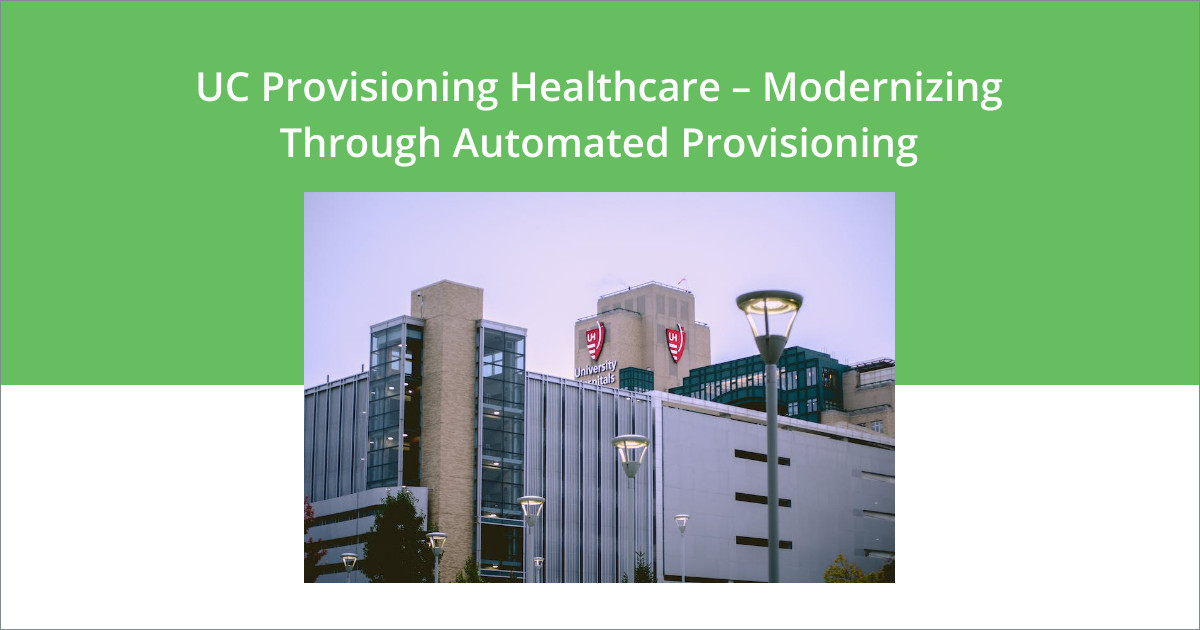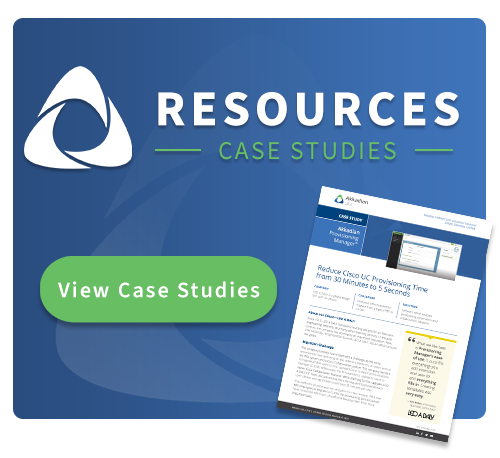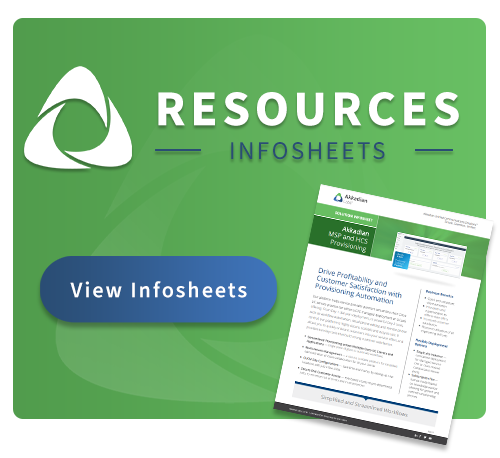Telehealth and remote care models are now preferred by patients and providers alike. But the UC and hybrid work applications that accelerated this transition have left healthcare organizations scrambling to onboard users quickly and securely. Here’s how an automated UC provisioning solution can help.
In this post, we discuss the current landscape and why an automated provisioning solution should be part of your hybrid healthcare transition strategy.
The Situation – Hybrid Care Models are Here to Stay
Healthcare has changed dramatically in the wake of the pandemic. It’s estimated that as much as 50% of the workforce left the healthcare industry, many citing the stresses of the pandemic as a primary reason.
Additionally, telehealth and remote care options saw a major boost in popularity among patients and providers. For many, these new options are now preferred.
And it’s easy to see why.
Hybrid work and telehealth programs untether doctors and providers from the hospital and give patients more scheduling flexibility. Lest we forget, they also effectively reduce the risk of exposure to contagious diseases.
These programs are here to stay. So, hospital networks and healthcare companies would do well to invest in further innovations to their UC tech stack. But with new tech comes new challenges.
The Challenge for UC Engineers – Provisioning Users While Keeping Systems Secure
Telehealth and remote work applications have introduced new challenges for healthcare companies – especially around the provisioning and management of the technology for users.
In addition, large hospital networks have thousands of patients cycling through every day. Manually provisioning phones as patients transition through different hospital rooms quickly becomes costly, time-consuming, and highly vulnerable to human error. This creates risk like system disruptions or outages and security vulnerabilities that threaten patient data.
Additionally, repetitive, manual provisioning work is tedious for UC engineers, who are hard to come by in today’s competitive labor market.
If healthcare organizations want to ensure that communication is seamless between providers and patients and that UC engineers have the tools to handle tedious provisioning tasks quickly, a better solution is needed.
Solution – Automated Provisioning for Healthcare Companies
Despite these challenges an automated provisioning solution – like Akkadian Provisioning Manager – can help get rid of those costly provisioning errors and inconsistencies while reducing provisioning times from hours to just seconds. Even better it creates a secure and scalable way to provision patient rooms and devices without overtaxing your UC engineers.
This software enables your UC team to work from a single pane of glass. No jumping from application to application to provision a user or a new patient room. They can do it all from one solution with full visibility into the jobs and data they need.
Akkadian Provisioning Manager also helps turn provisioning into a job virtually anyone can do, enabling workflows to be off-loaded to a HelpDesk, allowing UC engineers to spend their time on more strategic projects rather than on repetitive manual work.
Other helpful features of Akkadian Provisioning Manager include:
- Full-cycle, zero touch automation via integrations with Active Directory and ServiceNow
- Real-time directory number management
- API Triggers to extend provisioning actions outside of supported UC platforms (Cisco Collaboration, Webex and Microsoft Teams) to third party applications like Epic and Mobile Heartbeat
- Bulk provisioning
- Role-based access to securely off-load provisioning tasks to a HelpDesk
- Remote phone control to access Cisco IP phones to test, place calls, and change settings
- High availability for automated roll-over to maximize uptime
- Multi-cluster support across all your CUCM clusters
- Detailed reporting using SQL database queries to generate reports
Expected Outcomes
It takes only hours to go from implementing Akkadian Provisioning Manager to achieving zero-touch, full-cycle provisioning. Once your solution is up and running, your UC teams can focus on strategic projects that will have greater impact on the business, like security and compliance improvements.
Healthcare companies and providers using automated provisioning will ultimately create new process efficiencies and cost savings that will lead to better patient care downstream.
Your UC teams and engineers will be happier taking tedious work off their plates. You can even offload provisioning tasks, no matter how complex, to a HelpDesk while maintaining a secure environment.
Doctors and care providers will be happier, too, thanks to easier communication with the patient and better access to more complete patient data and care records. All these improvements will result in a seamless collaboration between teams, which in turn will lead to better care for patients.
Conclusion – Automated Provisioning is a Key Differentiator
If your healthcare company isn’t already making improvements to your UC tech stack to enable a fully hybrid care environment, it’s time to catch up. The competition in telehealth is only increasing and patients are flocking to the providers that do it the best. Make sure your new hybrid health environment is supplemented with automated provisioning capabilities.
Looking for support in your hybrid healthcare company? Talk to the provisioning experts at Akkadian Labs to see how our solutions can unlock new efficiencies leading to better care.



